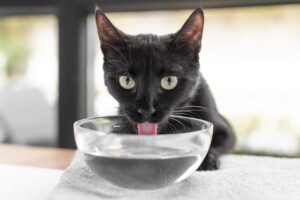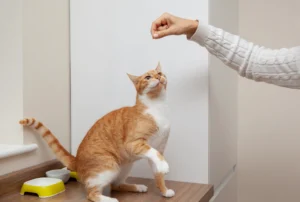Introduction: The Shadow That Never Leaves
Have you ever felt like you’re never alone in your own home? That’s because you’re probably not. If your cat follows you everywhere—from room to room, from sofa to kitchen, and yes, even to that most sacred of spaces, the bathroom—you’re experiencing one of the most curious and sometimes perplexing feline behaviors. Many cat owners find themselves wondering, “Why does my cat follow me everywhere I go?”
This “velcro cat” phenomenon might seem cute at first, but when your cat follows you everywhere without giving you a moment’s peace, it can sometimes feel a bit… creepy. Is there something wrong? Are they plotting something? Do they just really, really love you? Or is there something more concerning behind this clingy cat behavior?
In this comprehensive guide, we’ll decode the mystery of why your cat follows you everywhere, exploring the psychology, evolutionary reasons, and the sometimes surprising messages your feline friend is trying to communicate through this behavior. Whether your cat follows you around the house like a furry little shadow or your cat follows you and meows constantly for attention, we’ll help you understand what’s going on in that mysterious feline mind.
The 5 Hidden Messages When Your Cat Follows You Everywhere
1. “I Trust You With My Life”
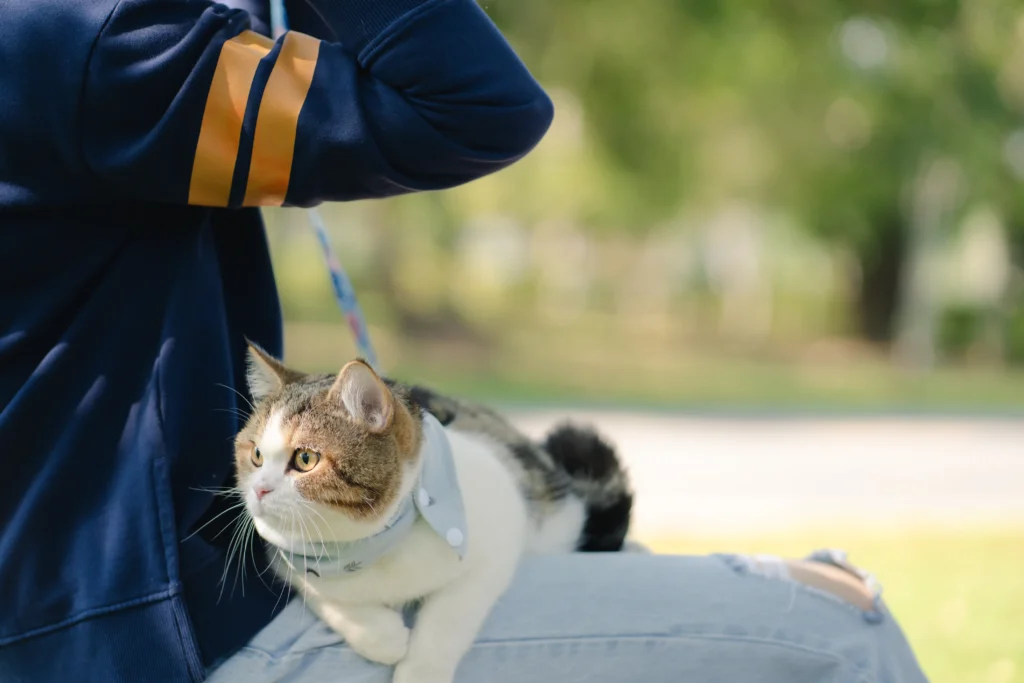
When your cat follows you everywhere, it’s often a profound sign of trust. In the wild, cats are both predators and prey, making them naturally cautious creatures. When a cat always follows you, they’re demonstrating that they feel safe in your presence.
“Cats are territorial animals that are also vulnerable to predation,” explains Dr. Mikel Delgado, certified cat behavior consultant and postdoctoral fellow at the School of Veterinary Medicine at UC Davis. “When your cat follows you everywhere, they’re showing that they consider you part of their trusted social group.”
This trust manifests in different ways. You might notice your cat follows you to the bathroom because bathrooms are small, enclosed spaces where they feel secure with you. Similarly, when your cat follows you around the house, they’re staying within their safety zone—you.
Signs of Trust When Your Cat Follows You Everywhere:
- Relaxed body posture while following
- Slow blinking when making eye contact
- Exposing their belly near you (even if they don’t want belly rubs!)
- Sleeping near or on you
Jessica, a cat owner from Portland, shares: “My cat follows me everywhere I go in the house. At first, I thought something was wrong, but my vet explained that it’s actually a sign that my cat trusts me completely. Now I see it as the compliment it is!”
2. “You’re My Favorite Human”
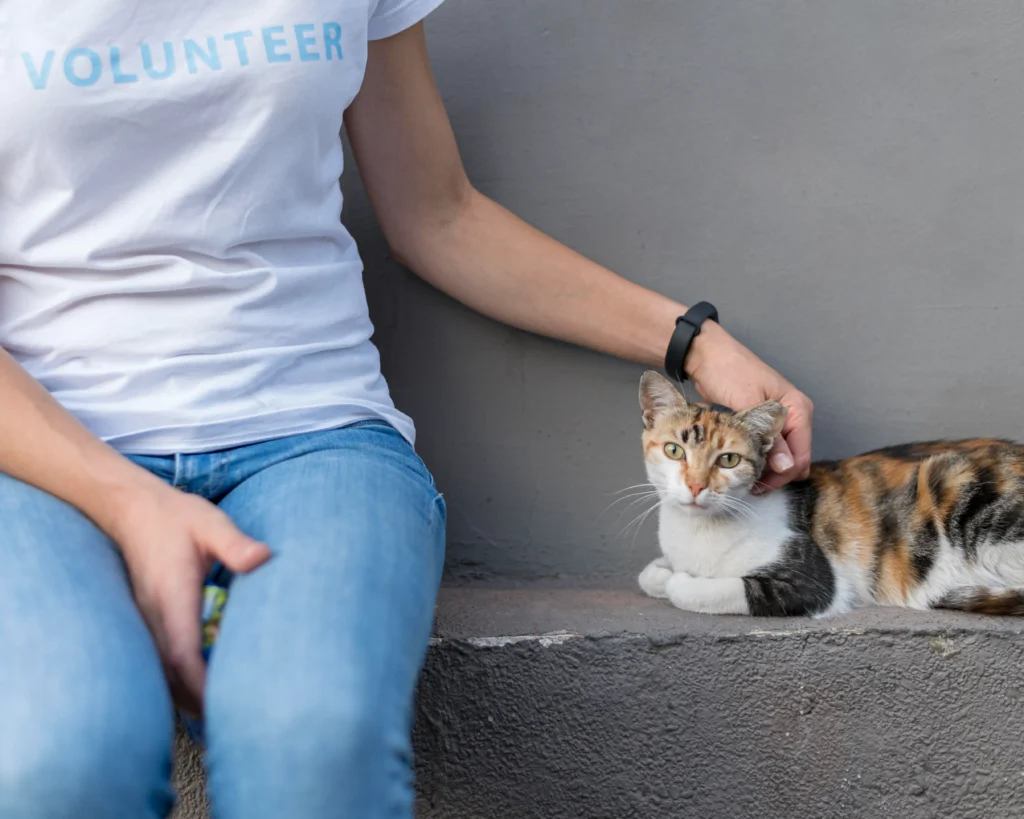
If you’ve ever wondered, “Why is my cat so attached to me?” when they follow you obsessively while ignoring other family members, there’s a simple explanation: you’re their chosen person. Cats, contrary to their reputation as aloof creatures, often form strong bonds with specific humans.
When your cat follows you like a dog, it’s their way of showing selective attachment. This affectionate cat behavior indicates you’ve achieved the coveted status of “favorite human” in your cat’s world.
Dr. John Bradshaw, author of “Cat Sense,” notes that “cats who follow one person more than others are displaying a form of attachment similar to what we see in dogs, albeit typically less intense and with more independence.”
Research published in the journal Current Biology found that cats form secure attachments to their human caregivers similar to dogs and infants. When your cat follows you everywhere, they’re exhibiting classic attachment behavior.
Why Your Cat Might Choose You:
- You feed them regularly
- You respect their boundaries
- You understand their communication style
- You provide consistent, positive interactions
- Your scent or voice is comforting to them
Cat owner Michael from Chicago reports: “My cat follows me everywhere but completely ignores my husband unless it’s feeding time. I didn’t realize cats pick favorites until our vet explained that my cat follows me because she’s bonded specifically with me.”
3. “I Need Something From You”
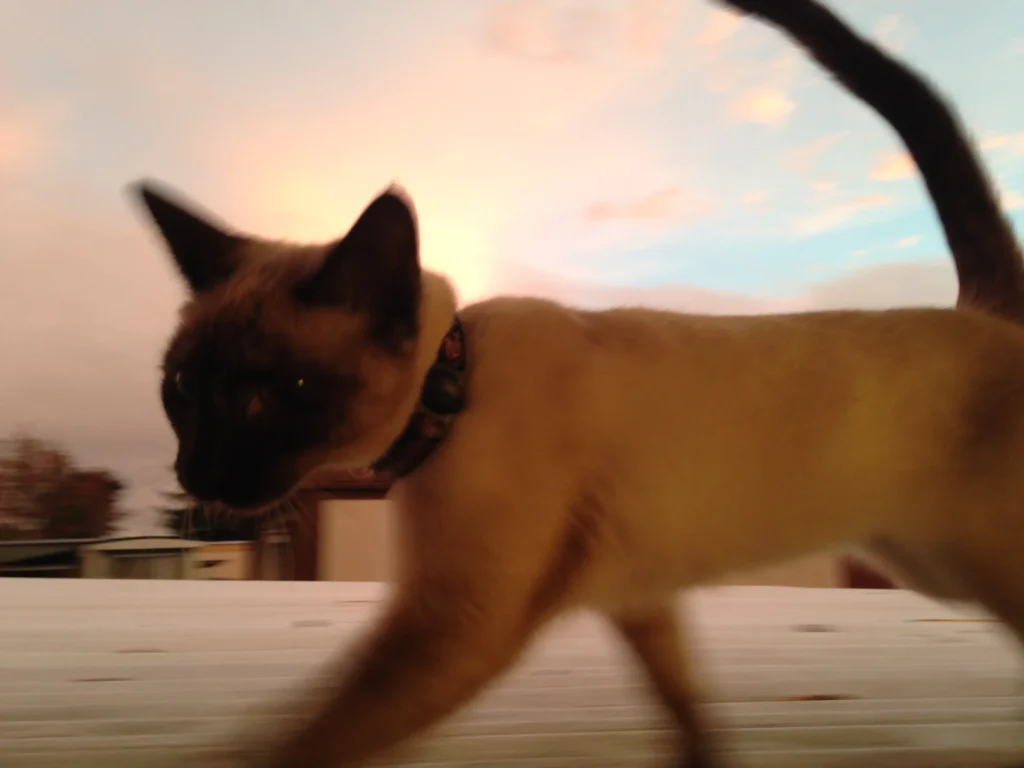
Sometimes, when your cat follows you everywhere, they’re simply being practical. Cats are intelligent creatures who quickly learn that humans are the gatekeepers to all the good stuff: food, fresh water, clean litter boxes, toys, and attention.
When your cat follows you and meows persistently, they might be trying to communicate a specific need. This is especially true if your cat always follows you to certain locations, like the kitchen or the closet where you store their food.
“Cats are opportunists,” says certified animal behaviorist Pam Johnson-Bennett. “If following you around has resulted in rewards in the past—whether that’s food, attention, or play—your cat will continue this behavior because it works.”
Common Needs Behind Why Your Cat Follows You Everywhere:
- Hunger or thirst
- Desire for play or stimulation
- Need for a clean litter box
- Want for attention or affection
- Discomfort or pain (if accompanied by other symptoms)
Sarah from Boston shares: “My cat follows me around the house every morning, meowing until I wake up enough to feed her. She’s trained me well! But I’ve noticed when my cat follows me everywhere at unusual times, it often means something specific, like her water bowl is empty.”
4. “I’m Feeling Anxious”

Not all reasons why your cat follows you everywhere are positive. Sometimes, clingy cat behavior stems from anxiety or insecurity. Cats are creatures of routine who rely on predictability to feel safe. When something disrupts their environment or routine, they may develop cat separation anxiety or become overly attached as a coping mechanism.
If your cat follows you everywhere suddenly when they didn’t before, or if your cat wants constant attention in a way that seems desperate rather than affectionate, anxiety might be the root cause.
Dr. Karen Overall, veterinary behaviorist and author of “Clinical Behavioral Medicine for Small Animals,” explains: “Anxious cats often show excessive attachment behaviors including following owners constantly, vocalizing when separated, and displaying distress when their preferred person is preparing to leave.”
Signs Your Cat Follows You Due to Anxiety:
- Increased clinginess after a move or household change
- Overly attached cat behavior combined with overgrooming or other stress signs
- Following that increases when you prepare to leave the house
- Destructive behavior or elimination outside the litter box when you’re gone
- Excessive vocalization when you’re out of sight
Lisa from Denver notes: “After we moved apartments, my cat follows me everywhere I go—even more than before. She seems afraid to let me out of her sight, and our vet confirmed she’s experiencing some separation anxiety due to the environmental change.”
5. “I’m Monitoring Your Strange Behavior”
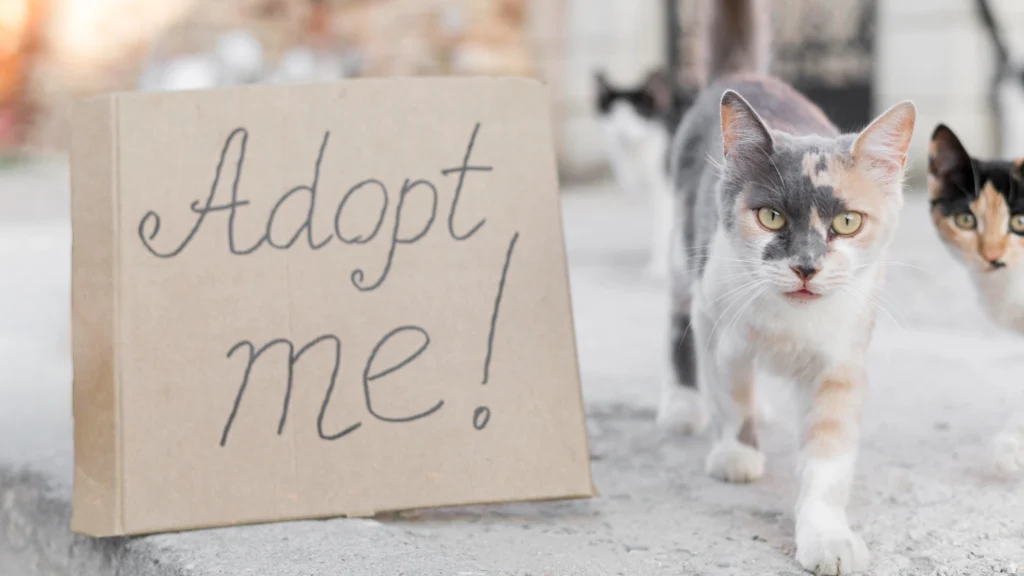
Here’s a fascinating reason why your cat follows you everywhere that many owners don’t consider: your cat is studying you out of curiosity or concern. Cats are naturally observant creatures who pay close attention to their environment and the beings within it.
When your cat follows you around the house, especially to places they don’t typically find interesting (like watching you fold laundry), they might be monitoring your behavior out of curiosity or even concern.
“Cats are much more tuned into our routines and behaviors than we often give them credit for,” explains Dr. Tony Buffington, emeritus professor of veterinary clinical sciences at The Ohio State University. “When you do something unusual or your routine changes, your cat may follow you to investigate these changes.”
Some cat owners even report that their cats became more attentive and followed them more closely when they were ill or pregnant, suggesting cats may detect subtle physiological changes in their owners.
When Your Cat’s Surveillance Might Intensify:
- During home renovations or furniture rearrangement
- When you have visitors or new household members
- If you’re ill or your scent changes
- When you’re engaged in new or unusual activities
- During times of emotional distress (cats can sense tension)
Mark from Austin shares: “Whenever I start packing for a trip, my cat follows me everywhere, watching my every move. I used to think she was just anxious about me leaving, but my vet suggested she’s actually gathering information by observing the disruption to her normal environment.”
When “My Cat Follows Me Everywhere” Becomes a Problem
While having a cat that follows you everywhere is usually harmless and often endearing, there are situations where this behavior might indicate a problem or become problematic itself.
Signs of Unhealthy Attachment When Your Cat Follows You Everywhere:
- Distress when separated: If your cat shows extreme distress when you leave (excessive vocalization, elimination outside the litter box, destructive behavior), they may be suffering from separation anxiety.
- Self-destructive behaviors: When clingy cat behavior is accompanied by overgrooming, excessive scratching, or other self-destructive actions, it may indicate significant stress.
- Interference with daily life: If your cat follows you everywhere to the point where you can’t complete normal activities without tripping over them or being interrupted, intervention may be needed.
- Signs of physical distress: Sudden increases in following behavior accompanied by weight loss, changes in appetite, or litter box issues could indicate an underlying medical condition.
Dr. Nicholas Dodman, professor emeritus at Tufts University’s Cummings School of Veterinary Medicine, advises: “When a cat’s following behavior changes suddenly or is accompanied by other behavioral or physical changes, it’s time to consult with your veterinarian. What appears as an overly attached cat could sometimes be the first sign of a medical issue.”
How to Address “My Cat Follows Me Everywhere” Behaviors
If your cat follows you everywhere and you’re concerned about it, or if you simply need a little more personal space, there are several approaches that can help modify this behavior while maintaining your bond.
For Normal Following Behavior:
- Scheduled attention: Provide dedicated play and cuddle sessions to fulfill your cat’s need for interaction, making them less likely to demand attention by following you constantly.
- Environmental enrichment: Create an engaging environment with toys, scratching posts, climbing trees, and window perches to keep your cat occupied when you’re busy.
- Multiple resources: Ensure there are various comfortable resting spots throughout your home so your cat doesn’t feel the need to follow you to maintain access to cozy spaces.
- Positive reinforcement: Reward independent behavior when you notice your cat entertaining themselves or resting contentedly apart from you.
For Anxiety-Based Following:
- Gradual desensitization: Practice brief separations and gradually increase the time apart to help your cat build confidence.
- Comforting items: Leave items with your scent (like unwashed clothing) in your cat’s favorite spots when you must be away.
- Consistent routine: Maintain predictable daily schedules to provide security for an anxious cat.
- Calming aids: Consider products like pheromone diffusers, calming treats, or anxiety wraps after consulting with your veterinarian.
- Professional help: For severe cat separation anxiety, consult a veterinary behaviorist who may recommend behavioral modification programs or medication in extreme cases.
Jennifer, a veterinary technician from Seattle, shares: “When clients complain that their cat follows them everywhere without a moment’s peace, I recommend creating a more enriched environment with multiple ‘cat stations’ around the home—each with food, water, toys, and comfortable resting spots. This often reduces the need for the cat to follow their owner constantly.”
The Science Behind Why Your Cat Follows You Everywhere
To truly understand why your cat follows you everywhere, it helps to look at the evolutionary and biological factors at play in feline attachment behaviors.
Evolutionary Roots
While domestic cats are often solitary hunters, research shows they’re not as asocial as once thought. Feral cats often form loose-knit colonies, especially around food sources. This social flexibility has been enhanced through domestication.
“Domestic cats have evolved to adapt to human households, which are essentially artificial colonies,” explains Dr. Carlo Siracusa, director of animal behavior services at the University of Pennsylvania’s School of Veterinary Medicine. “Their wild ancestors wouldn’t follow another animal around, but domestic cats have developed this behavior as part of their adaptation to living with humans.”
The Role of Early Socialization
How kittens are raised significantly impacts whether they’ll grow into adults who follow their owners everywhere. Kittens socialized to humans between 2-7 weeks of age typically develop stronger attachments and are more likely to show behaviors like following their favorite humans.
A study published in the Journal of Veterinary Behavior found that cats who were handled frequently as kittens were more likely to seek proximity to their owners as adults. This explains why some cats follow their owners everywhere while others maintain more distance.
The Biochemistry of Bonding
Research has shown that when cats interact positively with their favorite humans, their brains release oxytocin—the same “bonding hormone” released in human brains during positive social interactions. This biochemical response reinforces the cat’s desire to maintain proximity to their person.
“When your cat follows you everywhere, there’s a neurochemical reward happening in their brain,” says Dr. Marci Koski, certified feline behavior and training consultant. “Their brain is essentially saying ‘being near this human feels good,’ encouraging the behavior to continue.”
FAQs About “Why Does My Cat Follow Me Everywhere?”
Q: Is it normal that my cat follows me to the bathroom specifically?
A: Yes, this is extremely common! The bathroom is interesting to cats for several reasons: you’re captive in there, the room has interesting water sources, and the enclosed space may feel safe to them. When your cat follows you to the bathroom, they’re often just continuing their general following behavior in a space where you can’t easily escape their company.
Q: My cat follows me everywhere but no one else in the household. Why?
A: Cats often choose a favorite person based on who feeds them, who provides the most consistent positive interactions, whose voice or scent they find most comforting, or who best respects their boundaries. When your cat follows you like a dog but ignores others, it’s a sign they’ve formed a special bond specifically with you.
Q: Why does my cat follow me and meow constantly?
A: When your cat follows you and meows, they’re actively trying to communicate something specific. They might want food, attention, play, or to alert you to something like an empty water bowl. Some breeds, like Siamese, are also naturally more vocal when they follow their owners.
Q: Should I be concerned if my cat suddenly starts following me everywhere?
A: Sudden changes in behavior, including a new pattern where your cat follows you everywhere, warrant attention. It could indicate anxiety due to environmental changes, or in some cases, medical issues. If the behavior change is dramatic and accompanied by other symptoms like changes in appetite or litter box habits, consult your veterinarian.
Q: How can I tell if my cat follows me everywhere due to anxiety or affection?
A: Affectionate following is typically relaxed—your cat seems content, has normal body language, and isn’t distressed when briefly separated. Anxiety-based following often includes tense body language, excessive vocalization, destructive behavior when you’re away, or signs of stress like overgrooming or hiding.
Q: Do cats follow their favorite person out of love?
A: While we should be careful about anthropomorphizing, research suggests that cats do form emotional attachments to their favorite humans that share some similarities with what we might call “love.” When your cat follows you everywhere, they’re showing they feel secure with you and prefer your company—which is about as close to love as we can measure in cats.
Conclusion: Embracing the Feline Shadow
When your cat follows you everywhere, they’re participating in a dance of attachment that domestic cats have been perfecting for thousands of years. Whether your cat follows you around the house out of affection, curiosity, need, or anxiety, this behavior offers a unique window into the complex emotional and social lives of our feline companions.
Rather than finding it creepy when your cat follows you everywhere, consider it an honor—you’ve been chosen as someone special in your cat’s carefully curated social world. By understanding the messages behind this behavior, you can better respond to your cat’s needs while nurturing the special bond you share.
If your cat’s following behavior becomes problematic, remember that patience, environmental enrichment, and sometimes professional guidance can help establish a healthier balance. But in most cases, having a cat that follows you everywhere is simply one of the many joys of cat companionship—a living testament to the unique relationship humans and felines have built over millennia of cohabitation.
For more information about understanding your cat’s behavior, check out our related articles on cat body language and how to keep your indoor cat entertained.
Does your cat follow you everywhere? Share your experiences in the comments below!
References and Further Reading
- Vitale, K.R., Behnke, A.C., & Udell, M.A.R. (2019). Attachment bonds between domestic cats and humans. Current Biology, 29(18), R864-R865. https://doi.org/10.1016/j.cub.2019.08.036
- Ellis, S.L.H., Rodan, I., Carney, H.C., Heath, S., Rochlitz, I., Shearburn, L.D., Sundahl, E., & Westropp, J.L. (2013). AAFP and ISFM Feline Environmental Needs Guidelines. Journal of Feline Medicine and Surgery, 15(3), 219-230. https://doi.org/10.1177/1098612X13477537
- Bradshaw, J. (2013). Cat Sense: How the New Feline Science Can Make You a Better Friend to Your Pet. Basic Books.
- Naik, R., Witzel, A., Albright, J.D., Siegfried, K., Gruen, M.E., Thomson, A., Price, J., & Lascelles, B.D.X. (2018). Pilot study evaluating the impact of feeding method on overall activity of neutered indoor pet cats. Journal of Veterinary Behavior, 25, 9-13. https://doi.org/10.1016/j.jveb.2018.02.001
- American Association of Feline Practitioners. (2022). Feline Behavior Guidelines. https://catvets.com/guidelines/practice-guidelines/behavior-guidelines
- International Cat Care. (2023). “Understanding Feline Behavior.” https://icatcare.org/advice/understanding-your-cats-behaviour/
- Cornell University College of Veterinary Medicine. (2023). “The Cornell Feline Health Center.” https://www.vet.cornell.edu/departments-centers-and-institutes/cornell-feline-health-center
- The Indoor Pet Initiative. (2022). The Ohio State University College of Veterinary Medicine. https://indoorpet.osu.edu/cats




